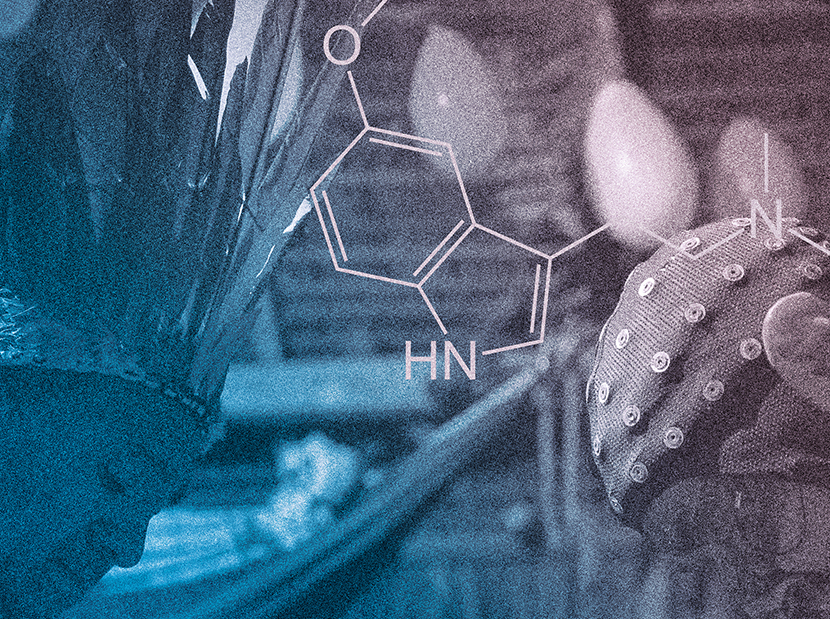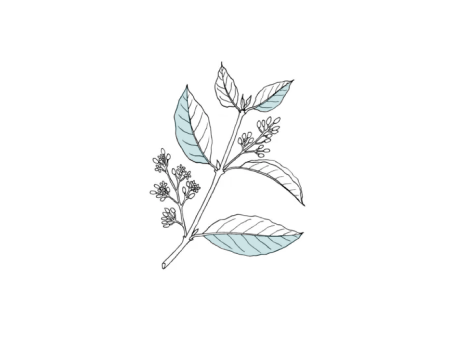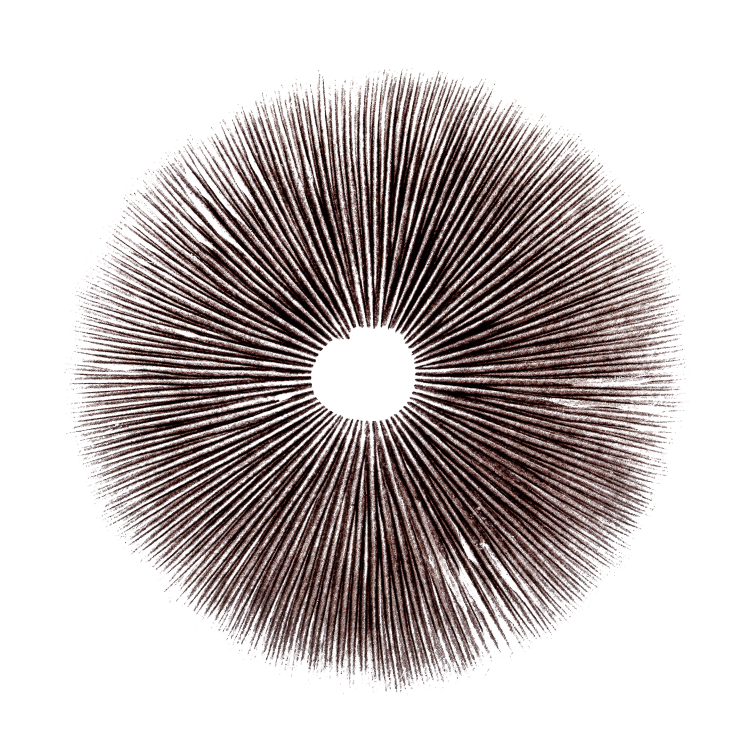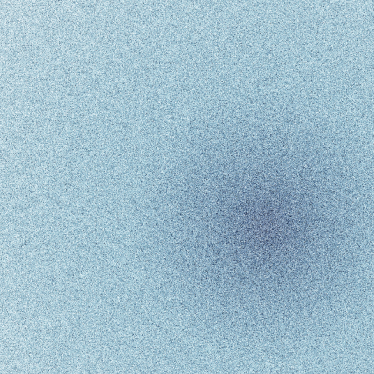What happens to the human consciousness under the influence of the psychoactive drink ayahuasca?
How does the human brain react to ayahuasca under the supervision of modern scientific instruments?
What role does the traditional environment play in the effects of ayahuasca?
Do indigenous people perceive the influence of ayahuasca differently compared to people from other cultures?
Is there a mutual connection between the brains of the ritual participants?

A unique, international scientific project led by Czech scientists – Neurobiology of ayahuasca used in a traditional environment – seeks answers to these and a whole host of other questions. An expedition of our scientists and their collaborators, equipped with portable devices to measure brain activity, will go straight into the heart of the Amazon rainforest to participate in a ritual centered on the psychoactive drink ayahuasca. With the consent of the Huni Kuin and Ashaninka indigenous tribes, they will conduct extensive scientific research, which may herald a major shift in our perception of reality.

Throughout human history, psychedelics have been used ritually, usually for the purpose of treatment, spiritual connection, or celebration. Therefore, there was an accumulation of irreplaceable knowladge from the ritual context, which are not only a living legacy of ancient civilizations, but also an attractive challenge for contemporary science.
Ayahuasca is a psychoactive drink made from Amazonian plants, which has been used ritually for hundreds (perhaps even thousands of years) by traditional tribes of some South American countries. The Indians symbolically perceive ayahuasca as the personification of natural forces, an immeasurable intelligence that helps them to glimpse the true reality through altered states of consciousness. The plants from which ayahuasca is prepared are referred to as medicines. The drink itself is then perceived as a healing agent, and ayahuasca is generally worshiped by the Indians as a plant teacher.
The basic ingredients of the plant extract are vines (Banisteriopsis capi) and leaves (Psychoria viridis), which contain the strong psychoactive substance dimethyltryptamine (DMT).
Over the past 60 years, ayahuasca has become the subject of a wide range of scientific research. Its potential use in psychotherapy, but also its influence on the development of creativity, and the general increase in the quality of a person's life, was investigated. After the end of a session with this substance, many participants in experiments noted a remarkable renewal of respect for nature and an effort to improve their bond not only with nature but with people as well.
We are currently witnessing a resurgence of interest in traditional sacred plants and their psychotherapeutic potential, which is being followed up by the ongoing project Neurobiology of ayahuasca used in a traditional environment. In it, an international team of top experts uses state-of-the-art technology to study the traditional form of ayahuasca administration among the Huni Kuin and Ashaninka tribes in the Amazon.Researchers are interested in how ayahuasca affects the psychological state of the participants, what effect the altered state of consciousness has on their interconnectedness, and how this context of use is related to brain activity.
MD Tomáš Páleníček, Ph.D., and a team of scientists from the National Institute of Mental Health of the Czech Republic, Dr. Eduardo Ekman Schenberg, Ph.D., (Instituto Plantando Consciencia, Brazil), Dr. Tom Froese (National Autonomous University of Mexico - UNAM), Dr. Frank Zanow (CEO of Ant Neuro), Dr. Tania Re and Adine Gavazzi (Cattedra UNESCO at Universita Degli Study di Genova.The project was also supported by The Neuron Foundation.
In 2019, a test expedition with portable EEG devices took place. The devices were provided in cooperation with ANT Neuro, a medical technology manufacturer from Holland. A public collection of funds was created to support the project.
The realization of the expedition planned for 2023 in cooperation with the Huni Kui tribe is being planned. Communication is taking place with researchers in Brazil, but due to the current political situation, it is not possible to say when the arrival of Czech researchers will be feasible. The intention is to negotiate with the embassy as well. The option in case of failure is to complete the final experiment in Peru or Ecuador.
The output is defined as the acquisition of data using portable EEG measuring devices, indicating how the traditional environment affects the ritual associated with drinking ayahuasca. The resulting data can confirm or refute the importance of the traditional environment and ritual setting. With the possible use of several portable EEG caps at the same time, the researchers have a unique opportunity to obtain data indicating the connection of individual research participants and the influence of external aspects (ritual, singing, shamanic work) on their brains. The study could thus not only show how and which individual ritual elements affect the neurobiology of the participants, but also evaluate the role and effectiveness of the traditional context thanks to a possible comparison with the results of ayahuasca administration in a medical environment.
We can expect the resulting data in 2024 - 2025. At the same time, in cooperation with the film crew of director David Čálk, the documentary Doctor on Trip will be created, which has received support from the Czech Cinematography Fund.
In the case of a trip to Brazil, the financial budget consists of approxmately 2 million CZK as travel expenses of the team (15 people), insurance, contribution to indigenous tribes for accommodation, food and participation, payment of the researcher in Brazil, on-site transport, administrative, legislative documents, ethics commission, and legal services in relation to communication with authorities, government and FUNAI (National Indian Foundation). The creation of the documentary film and the processing of data for professional publications are not part of the budget.
In the case of a trip to Peru, the budget is about 1 million CZK, which includes the travel team (15 people), insurance, accommodation, food, participation of indigenous tribes, cooperation with researchers in the reserve, administrative and legislative documents, and transport on site. In the case of the trip to Peru, it is not certain whether the documentary Doctor on Trip would be completed, as the film crew primarily has a grant for a trip to Brazil.

